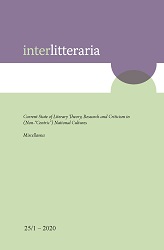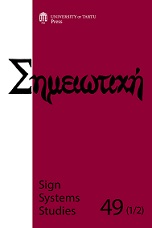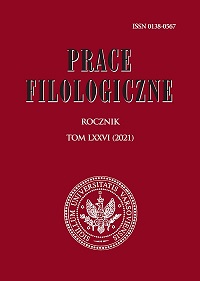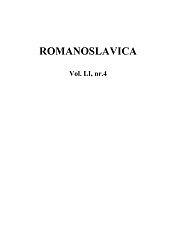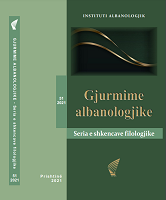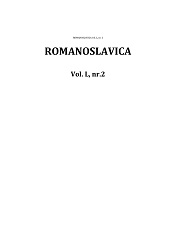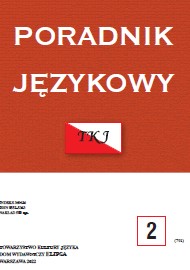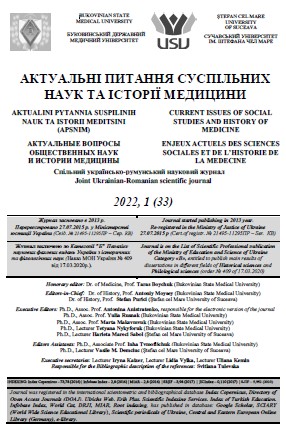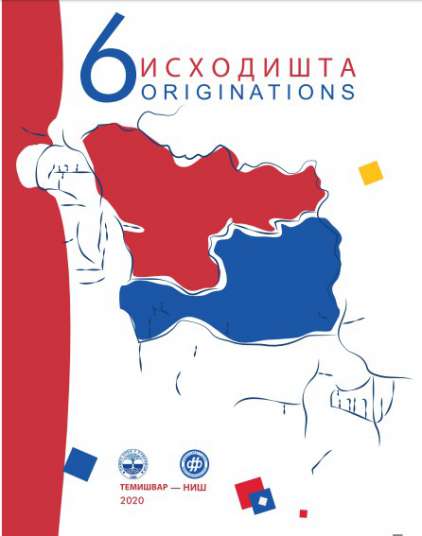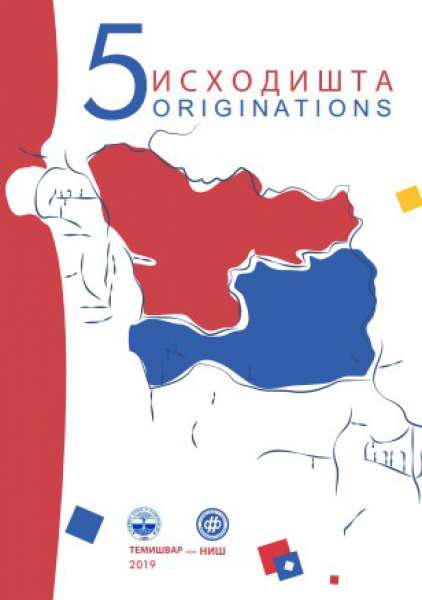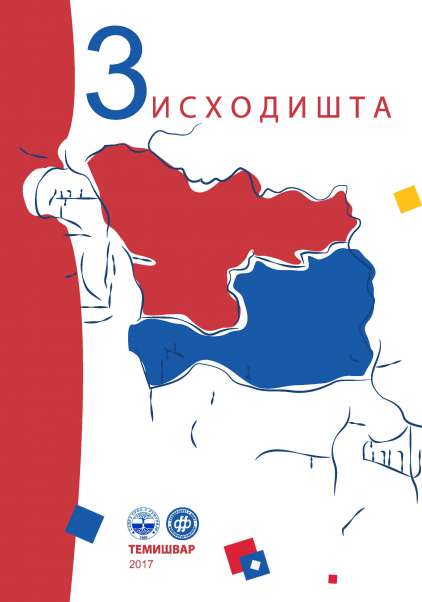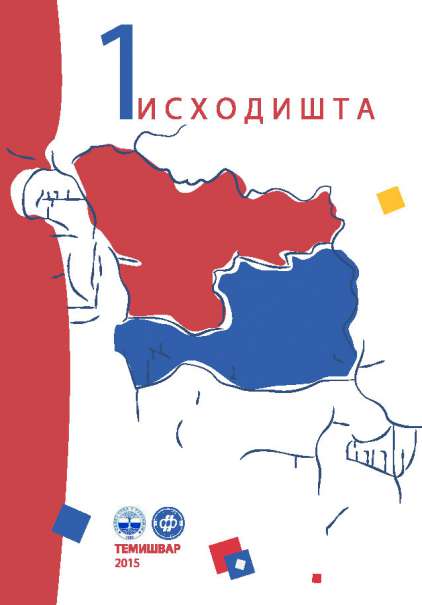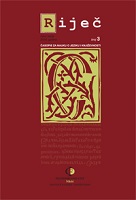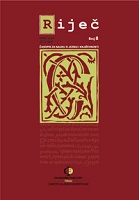Author(s): Meliza Krasniqi / Language(s): Albanian
Issue: 51/2021
The world of the novel, “Ulku and Uilli” of Vath Koreshi, is not built only on the opposition of the characters: good and bad, where Bdek symbolizes wicked people and the sinners, while Augustine symbolizes the devoted and the moral people. The characters are dualized from the beginning of the book and it is not that Koreshi has created categories of people from those two persons. This would be the literal meaning for a semantic reader, but the novel also has a second layer of the meaning for the semiotic reader. Such a reader, among other things, observes the coexistence of opposites in each character. Ulku and Uilli, light and darkness, white and black, instinct and reason, strong and evil, co-exist in every human being like night and day. The Wolf and Star antithesis, as a complex relationship, exists and is reflected simultaneously in each era of human development. The Wolf on earth and the Star in the sky, as a binomial oppositions, do not signify two worlds but one life. Koreshi has beautifully narrated with a creative, pronounced, postmodern consciousness on human reason making an unusual finding of language, style, construction and technique of the book. Ulku and Uilli is the text that needs to be re-read due to its aesthetic power and high qualitative literary parameters.
More...


